SOCIOECONOMIC PLANNING SECRETARY KARL KENDRICK T. CHUA
FINANCE SECRETARY CARLOS G. DO
BUDGET AND MANAGEMENT OIC TINA ROSE MARIE L. CANDA
SEPTEMBER 7, 2021
The labor force continues to recover as we build on the 11.8 percent economic growth recorded in the second quarter of 2021. The unemployment rate fell to its lowest since the start of the pandemic due to more relaxed quarantines, but risk aversion and precautionary behavior led to a decrease in the labor force participation rate. We will continue to strengthen our healthcare capacity, accelerate the vaccination program, and impose more targeted granular lockdowns to enable more people to safely join the labor force and earn a living.
Labor force survey results[1]
As reported by the Philippine Statistics Authority (PSA) today, the unemployment rate in the country decreased from 7.7 percent in June 2021 to 6.9 percent in July 2021.
A significant improvement was seen in the National Capital Region (NCR), where the unemployment rate dropped from 14.4 percent in April 2021 to 9.0 percent in July 2021 as the quarantine restrictions were eased from modified enhanced community quarantine to variations of the general community quarantine from May 15 to July 31. Moreover, in areas outside NCR (AONCR), the unemployment rate also improved from 7.9 percent to 6.5 percent in the same period.
However, despite the improved unemployment rate, the reduction in the labor force participation rate from 65.0 percent to 59.8 percent resulted in a net job loss of 3.4 million from June to July, bringing total employment to 0.8 million below pre-pandemic level. Majority of those who left the labor force cited concerns around COVID-19 as the reason for not working at this time.
Around 1.8 million of the month-on-month job loss came from the vulnerable agriculture sector, as Typhoon Fabian hit the country around mid-July, destroyed some PHP 700 million worth of output, and affected multiple regions from Northern Luzon down to Western Visayas.
The decrease in output is also reflected in the faster vegetable inflation of 15.7 percent in August 2021 from 5.0 percent in the previous month. Moreover, the African Swine Fever (ASF) continues to affect hog raisers as quarter-on-quarter hog production fell to 284,000 metric tons (MT), below the Department of Agriculture’s projection of 299,000 MT for the second quarter.
Meanwhile, the overall underemployment rate increased from 14.2 percent in June to 20.9 percent in July. This is mainly due to the increase in the underemployment rate in areas outside NCR from 17.5 in April to 21.8 in July. In contrast, the underemployment rate in NCR declined from 15.5 percent in April to 14.8 percent in July.
Outlook and recommendations
With the recent spike of infections due to the spread of the more contagious Delta variant, the government will continue to adjust its risk management strategy and intensify its health response to save lives and protect the well-being of all Filipinos.
To better target the areas with the highest risks, the government will impose granular lockdowns starting September 8, 2021, while keeping key sectors open and expediting the vaccination program to allow people to work safely. Granular lockdowns, together with the heightened implementation of our Prevent, Detect, Isolate, Treat, and Reintegrate + Vaccinate (PDITR+V) strategy, will help curb the spread of the virus, while bringing back jobs lost due to blanket restrictions.
With 142 million vaccines expected to arrive in the remaining months of 2021, the vaccination program will be further accelerated in order to cover 70 million Filipinos or the entire adult population by the end of the year. As of September 5, 2021, 20.8 million and 15.0 million Filipinos have received their first and second doses, respectively. This protects them against severe and critical cases.
However, the emergence of new COVID-19 variants across the globe has shown us that the virus will not go away easily and may become endemic. Hence, we need to learn how to manage the risks and live with the virus. We cannot allow present and future generations to suffer from the long-term scarring effects of hunger, lack of treatment for non-COVID-19 diseases, and the prolonged suspension of face-to-face classes.
We reiterate our call for everyone to remain on guard at all times, and to strictly adhere to minimum public health standards. We also encourage both the private sector and the government to innovate and ensure continued business operations and public service delivery. These will allow our workers to continue earning a living and provide for their families’ needs safely.
Furthermore, we will continue pursuing structural reforms to provide the country with a strong foundation for growth beyond the pandemic, such as the Philippine Identification System, which has registered more than 41.9 million Filipinos to the demographic data capture as of September 3, 2021.
We also urge legislators to swiftly pass the Amendments to the Public Service Act, Retail Trade Liberalization Act, and Foreign Investment Act, to help the country attract more foreign investments and build better infrastructure. Together with the immediate interventions to address the COVID-19 pandemic, these reforms will help bring us back to pre-pandemic levels in end 2022 or early 2023 and restore our development trajectory.
- END -


